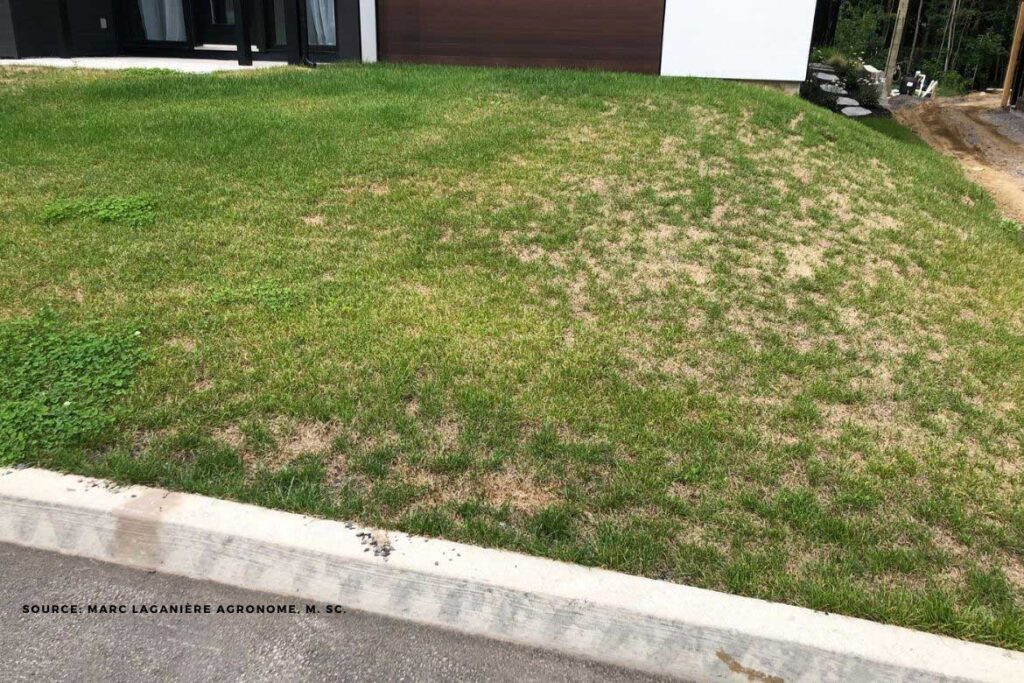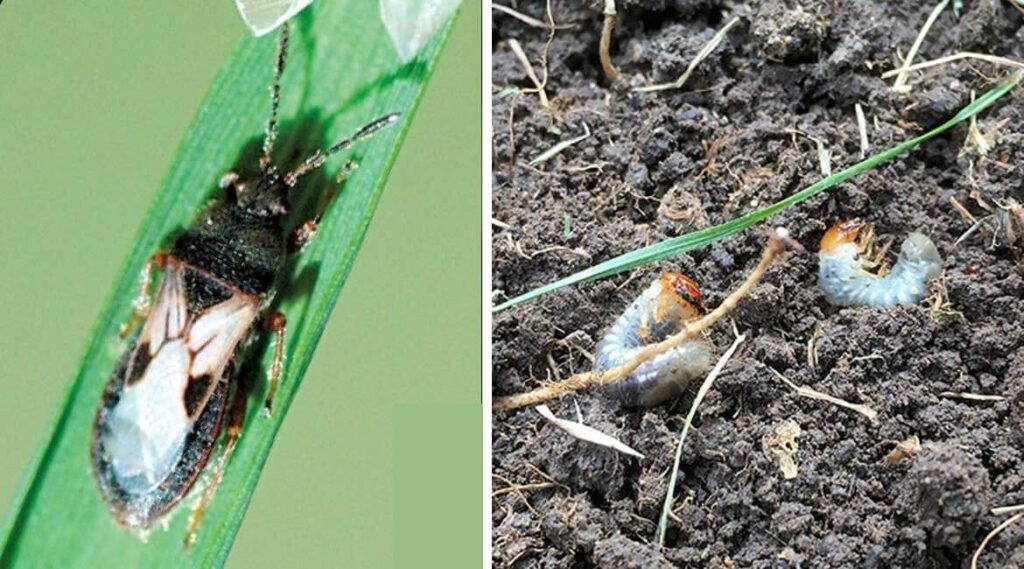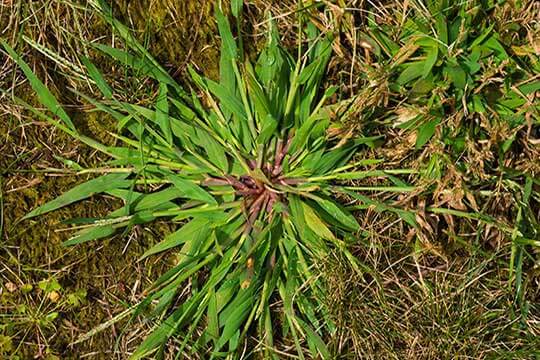Have you noticed the sudden appearance of yellow patches on your property that keep getting bigger? You may have a problem with chinch bugs, also known as hairy chinch bugs! In this article, our experts explain how to identify them, treat them and even prevent their appearance next year.
How do you identify chinch bugs in your lawn?
First of all, you should know that you are more at risk of being infested by chinch bugs if you have dry, sloping or sunny soil. Several other factors can favour their appearance such as a hot and dry summer, a lawn that is too short and poorly set up or an accumulation of thatch (grass and dead roots on the surface of your lawn).
An infestation of chinch bugs is very similar to the ravages of drought. However, a lawn infested with chinch bugs will not green up again, even after a generous supply of water. Here are two handy tips for spotting bugs:
- Split the blades of grass around the edges of the yellow patches, where the grass is still green. You should see them at the very bottom. The bugs are usually red to black in color.
- The cylinder trick – The easiest way to find out if there are chinch bugs on your lawn is to remove the two ends of an empty can so that you have a cylinder. Then push this cylinder upright into the lawn and fill it with water. Wait a few minutes and, if your lawn has bugs in it, they will rise to the surface of the water. Do the same test in several places.
How to treat a chinch bug infestation in your lawn?
When faced with a Chinch Bug infestation, the only way to get rid of it effectively is with a treatment specially designed for its extermination. Fortunately, your Nutrite Expert is your best ally!
Unfortunately, damaged patches do not green up after the treatment, nor after a good irrigation. They must therefore be repaired. See our article on the subject to learn how to proceed. Once the patches have been repaired, ask your Nutrite expert to apply a rooting fertilizer to promote recovery.
How to prevent a future appearance of chinch bugs?
The key to preventing chinch bug infestation is to aerate and dethatch the soil. Thatch is a well-loved place for chinch bugs. By getting rid of the excess, you greatly reduce the chances of them moving into your home.
Then, since chinch bugs prefer dry soil, water properly and regularly to keep the soil moist throughout the season.
If you think you have a chinch bug problem, contact your Nutrite Expert! They will know how to get rid of them effectively and prevent their appearance next year.




